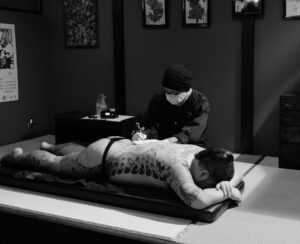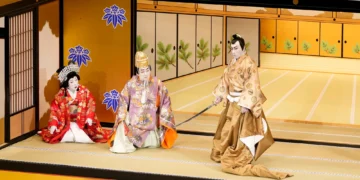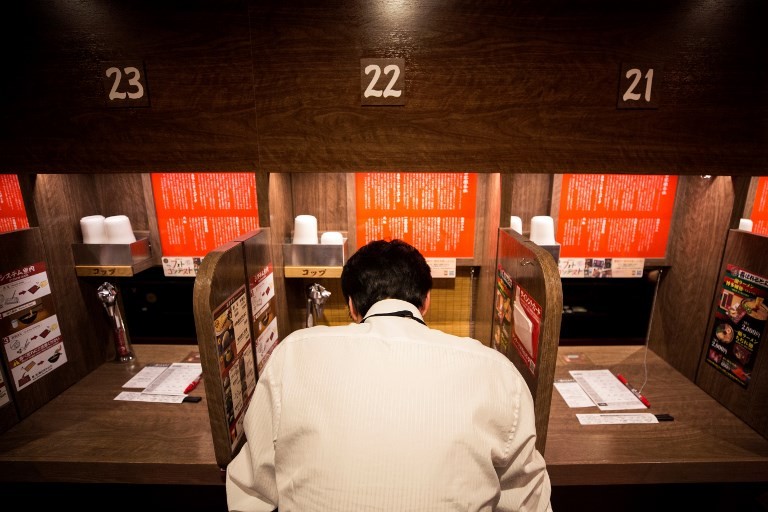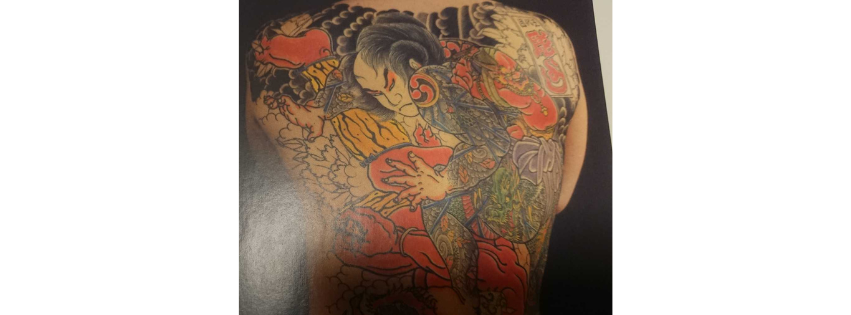Introduction:
What is Wabori?
Wabori tattoos have developed over centuries, shaped by diverse artistic trends, historical events, and cultural changes in Japan. The elaborate designs and precise detailing in wabori tattoos showcase the skill and commitment of traditional Japanese tattoo artists. More than just visually striking, these tattoos carry profound cultural meaning, symbolizing aspects of Japanese identity and heritage.
Understanding Irezumi:
Horimono tattoos often begin with a backpiece, extending down the arms, legs, shoulders, and chest in a harmonious and interconnected manner. This traditional Japanese tattooing technique, rooted in centuries of cultural heritage, is characterized by its intricate detailing and symbolic imagery. While irezumi may be a commonly used term in Western tattoo culture, understanding the nuances of horimono provides deeper insight into the artistry and tradition behind Japanese tattoos.
Exploring Horimono Tattoos:
Horimono tattoos often begin with a backpiece, extending down the arms, legs, shoulders, and chest in a harmonious and interconnected manner, creating a visually striking and cohesive composition. This traditional Japanese tattooing technique, rooted in centuries of cultural heritage, is characterized by its meticulous detailing and profound symbolic imagery, with each element carefully chosen to convey specific meanings and narratives. While irezumi may be a commonly used term in Western tattoo culture, understanding the nuanced artistry and cultural significance of horimono provides deeper insight into the rich tradition and craftsmanship behind Japanese tattoos.

Preserving Tradition:
Even with modern tattooing advancements, many Japanese tattoo artists still uphold the practice of tebori, maintaining age-old traditions and techniques handed down through the ages. By preserving tebori, these artists safeguard the authenticity and integrity of wabori tattoos, ensuring that this tradition endures for future generations to value and admire. Their commitment to the craft not only upholds the cultural importance of Japanese tattooing but also strengthens the bond between the artist, the wearer, and the deep historical roots of each design.
The Cultural Significance:
Wabori tattoos hold deep cultural significance in Japanese society, serving as a symbol of identity, resilience, and cultural pride. While tattoos were historically associated with criminality and rebellion in Japan, they have evolved to become revered symbols of artistry and tradition, reflecting the wearer’s personal journey and connection to Japanese heritage. Today, wabori tattoos are celebrated for their beauty, craftsmanship, and profound symbolism, representing a fusion of artistic expression and cultural heritage that resonates with both Japanese and international audiences.
The Modern Resurgence:
In recent years, there has been a resurgence of interest in wabori tattoos both in Japan and around the world, fueled by a growing appreciation for Japanese culture and aesthetics. As a result, more individuals are seeking out wabori artists to adorn their bodies with intricate and meaningful designs that pay homage to Japanese tradition. This resurgence not only highlights the enduring appeal of wabori tattoos but also underscores their timeless beauty and cultural significance, serving as a testament to the enduring legacy of Japanese tattoo artistry.
Conclusion:
Wabori tattoos represent a harmonious blend of artistic expression, cultural heritage, and personal identity, embodying the essence of Japan’s rich cultural tapestry. From the meticulous craftsmanship of tebori to the timeless designs of horimono, wabori tattoos continue to captivate and inspire enthusiasts worldwide, bridging the gap between tradition and modernity. As the legacy of wabori tattoos endures, they serve as a powerful reminder of Japan’s artistic traditions and the profound connection between art, history, and identity.























